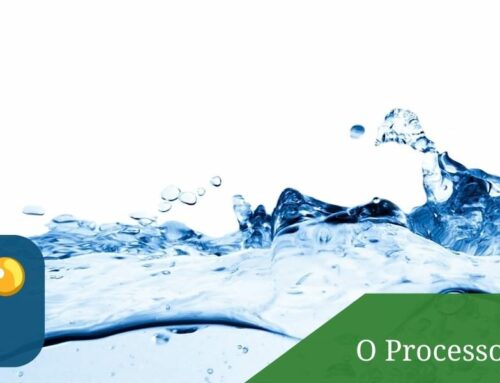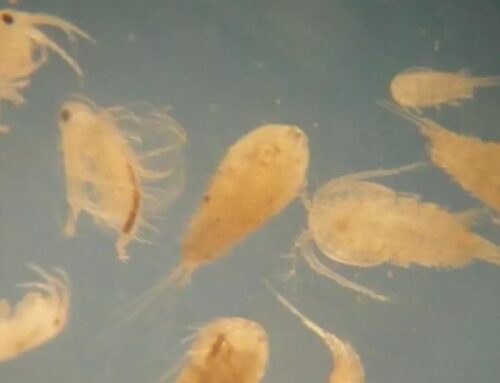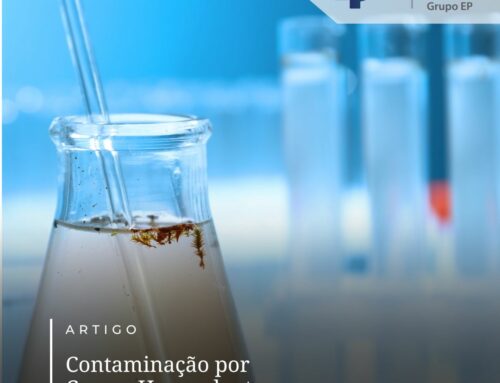
In early 2023, mercury made news in Brazil and around the world for the impacts caused on indigenous lands due to the exploitation of illegal mining in the Amazon. However, it is important to remember that mining is a historical economic activity in Brazil and, therefore, from time to time the discussion about the environmental consequences of this metal-related activity comes to the fore. This chemical compound is highly toxic when it comes into contact with soil and water and also contaminates the living organisms of the entire food chain. Mercury is bioaccumulative, therefore, it reaches the human being in high doses bringing many consequences for human health, such as mental retardation and paralysis in children, loss of movement, chronic diseases, among other diseases in adults.
The relationship between mercury and illegal mining is due to the use of the compound to find gold within the sediment excavated from rivers. That is, the metal favors the separation of gold from other components that are present in the sediment. The mercury used is released into the atmosphere, in addition to contaminating the rivers and fish that are consumed by the indigenous people. According to research by the Sergio Arouca National School of Public Health (Ensp/Fiocruz), about 56% of Yanomami women and children in the Maturacá region of Amazonas were contaminated with mercury. In the Yanomami community of Aracaçá, a region of Waikás that is closer to mining, the contamination rates of the population was 92%, according to research by Fiocruz and the Socio-Environmental Institute.

Identification of the presence of mercury in the Yanomami tribe (Source: https://informe.ensp.fiocruz.br/noticias/46979)
In addition to the problem of contamination in indigenous lands, the toxicity and consequences of the use of mercury is so worrisome that Brazilian environmental legislation contemplates the determination of this compound in various matrices, such as water for human consumption, groundwater, effluents, soil and waste. Among the main legislations that establish maximum permissible values for Mercury are: Guiding Values of CETESB, GM/MS ORDINANCE No 888 – Annex XX, Conama 357/05, Conama 396/08, Conama 420/09, CEMA 076/09, among others.
In order for environmental legislation to be met, it is important to quantify mercury in the most different matrices. The determination of this compound can occur by several analytical techniques, such as: Colorimetry, Gas Chromatography, Liquid Chromatography
High Efficiency, ICP-OES (Inductively Coupled Plasma Optical Emission Spectrometry), ICP-MS (Inductively Coupled Plasma Mass Spectrometry), Hydride Generator, GF AAS (Graphite Furnace Atomic Absorption Spectrometry), CV AAS (Cold Vapor Atomic Absorption Spectrometry) and CV AFS (Cold Vapor Atomic Fluorescence Spectrophotometry).
1 The latter mercury determination technique is the AFS CV, which consists of detecting the fluorescence signal emitted by mercury at 253,7 nm. However, before the analysis via CV AFS all mercury present in the sample needs to be oxidized by a solution of potassium bromate/potassium bromide. After oxidation the sample is pre-reduced with hydroxylamine hydrochloride to reduce excess bromine. Subsequently, ionic mercury is reduced with Tin Chloride II to convert Hg(II) into volatile Hg(0). The Hg(0) is separated from the solution by passing the sample by gas/liquid separator and purge of high-purity argon gas, where this Mercury passes into an inert gas stream that transports it to the detection cell (CV AFS) and subsequent determination of the compound of interest. This AFS CV technique is one of the most efficient techniques, as the determination of mercury is at the trace level.
The
Analytical EP
has ABNT NBR ISO/IEC 17025 accreditation for the determination of mercury by CV AFS techniques, as well as by ICP-OES. From these techniques, EP Analítica is able to determine not only mercury, but also the main metals present in current environmental legislation. From the determinations, the
Analytical EP
can contribute to the monitoring, treatment or mitigation of mercury and other metals present in the environment.
Article created by Karina Oliveira and Fabíola Nogueira
Visit our blog and see other articles!
References:
1 – Minamata Convention: https://www.mercuryconvention.org/es
2 – Global Mercury Assessment 2018: https://www.unep.org/resources/publication/global-mercury-assessment-2018?_ga=2.132239566.1511659837.1675886575-8392828.1675886575
3 – Conference of the Parties: https://www.mercuryconvention.org/en/meetings/cop4
4 – Video: Amazon without mining: https://www.fiocruzbrasilia.fiocruz.br/videosaude-disponibiliza-amazonia-sem-garimpo-em-ingles-e-narracao-em-yanomami/
https://www.youtube.com/watch?v=OPDDWjLiqDk
5 – How can mining cause death due to malnutrition?: https://www.dw.com/pt-br/como-pode-o-garimpo-provocar-mortes-por-desnutri C3 %C3%A3o/a-64538558%C3%
6 – Mercury contamination spreads in the Yanomami population: https://informe.ensp.fiocruz.br/noticias/46979
7 – The Yanomami people are contaminated by mercury from mining: https://medium.com/hist C3 B3rias-socioambiental/o-povo-yanomami-est C3 A1-contaminado-por-merc%C3%%C3%BArio-do-garimpo-fa0876819312#.3l1v4vxt4%C3%
8 – Development of a method applied to the determination of a mercury in samples of fuel alcohol and soils by cold steam generator and atomic absorption spectrometry:
https://repositorio.ufu.br/bitstream/123456789/17519/1/DesenvolvimentoMetodoAplicado.pdf
9 – Method 245.7 Mercury in Water by Cold Vapor Atomic Fluorescence Spectrometry:
https://www.epa.gov/sites/default/files/2015-08/documents/method_245-7_rev_2_2005.pdf





